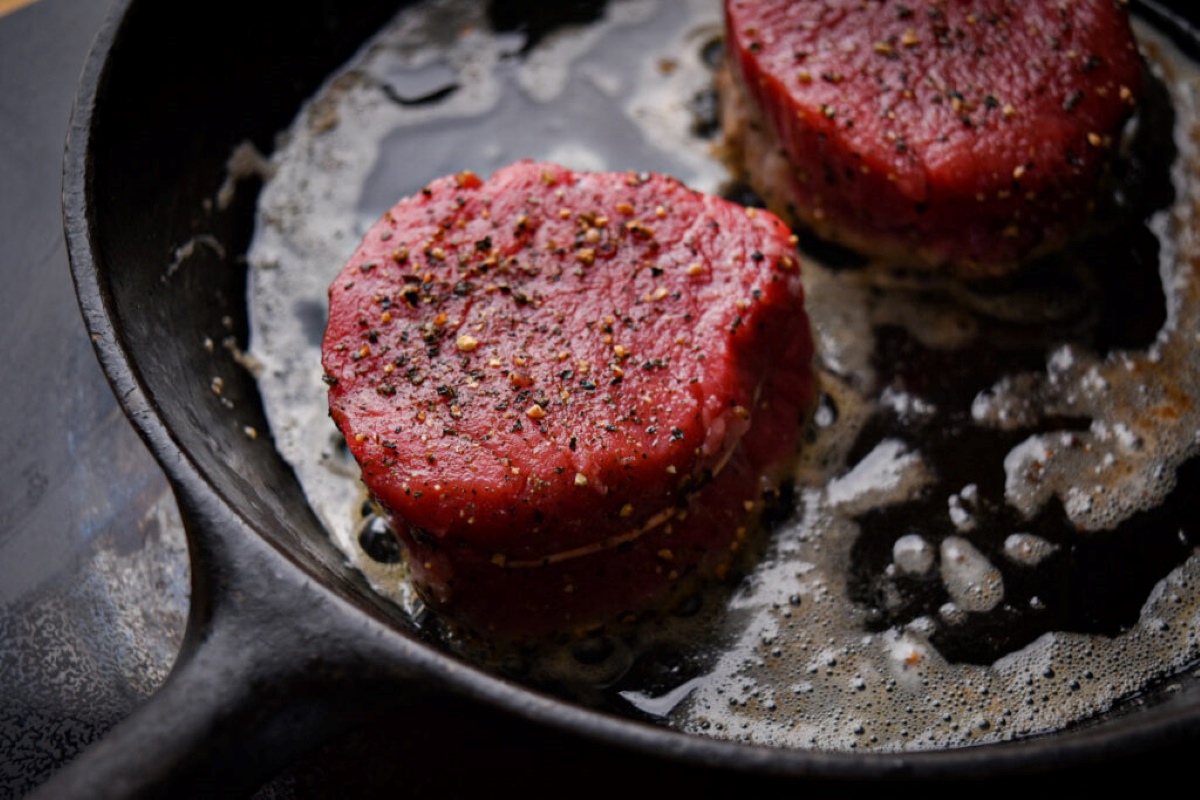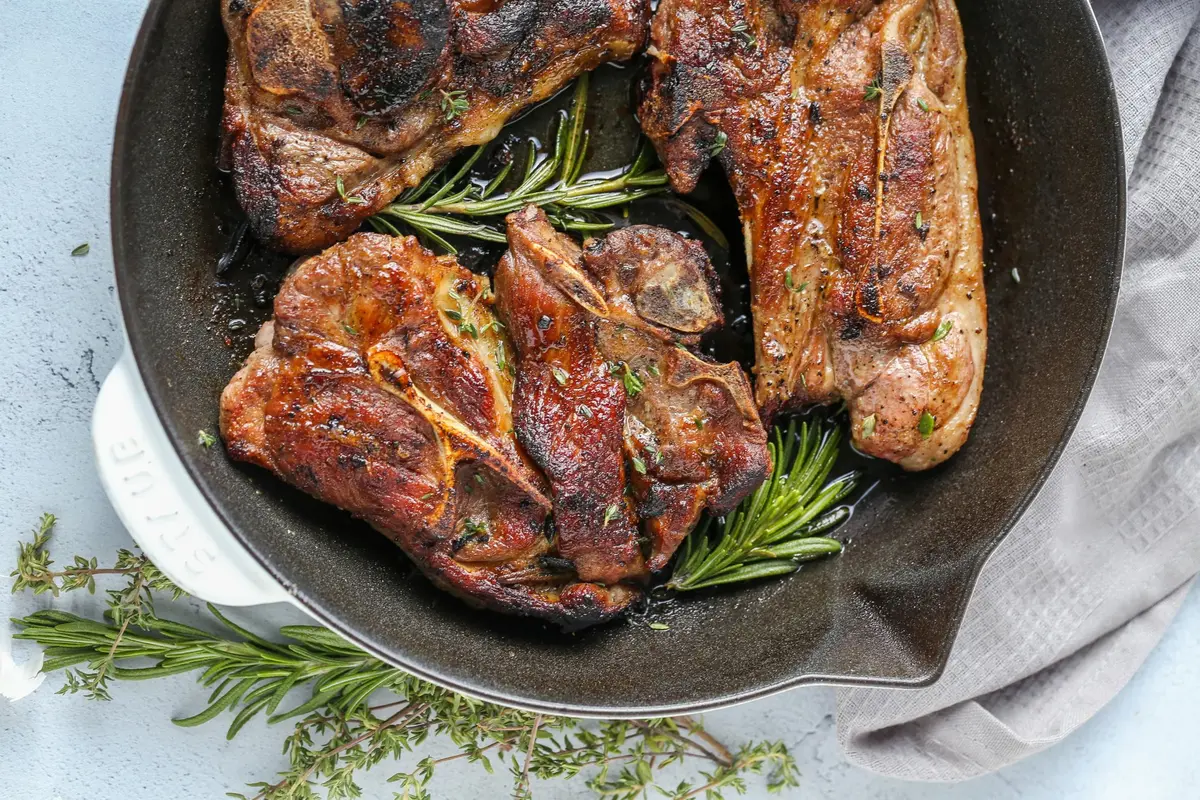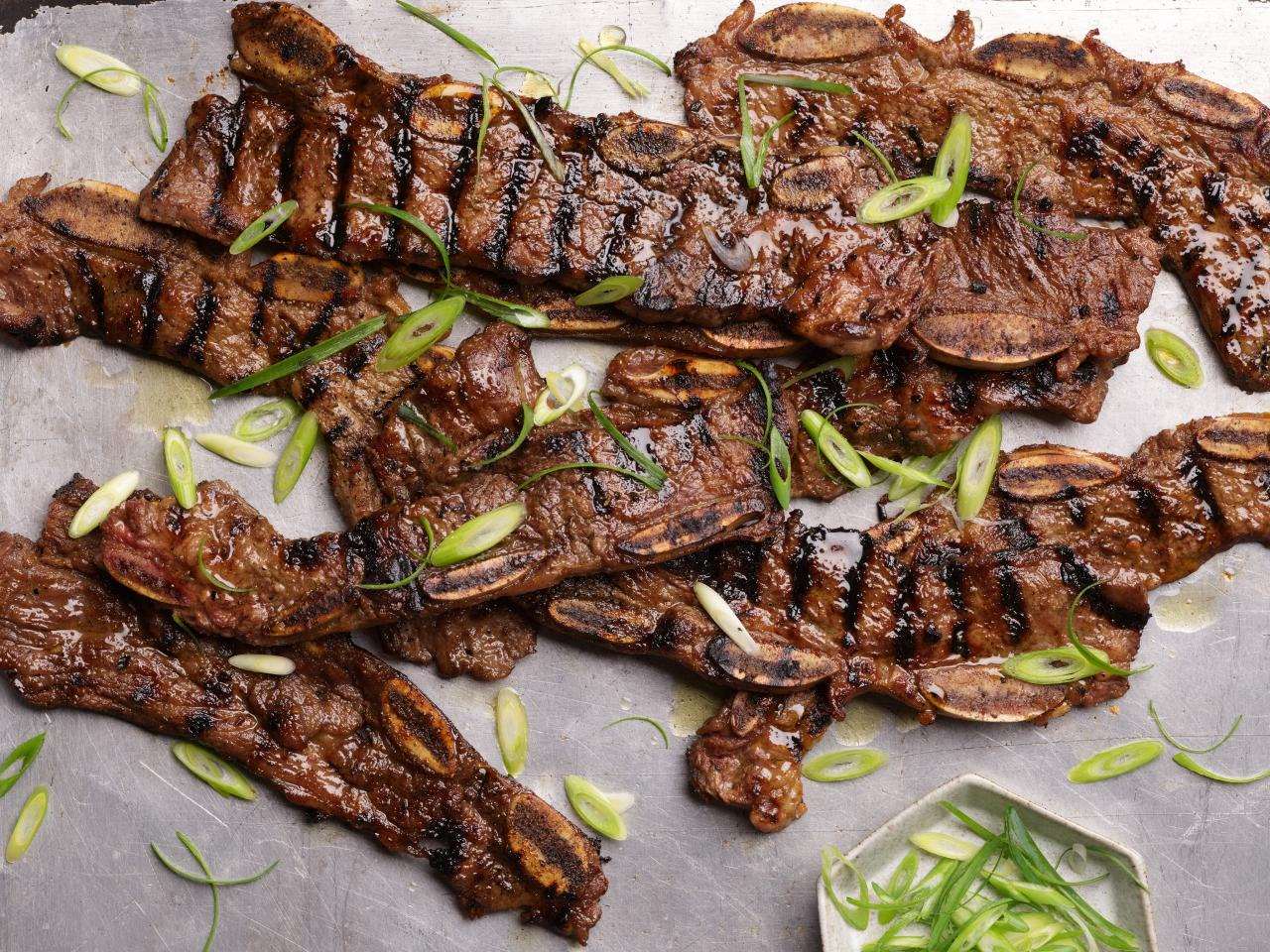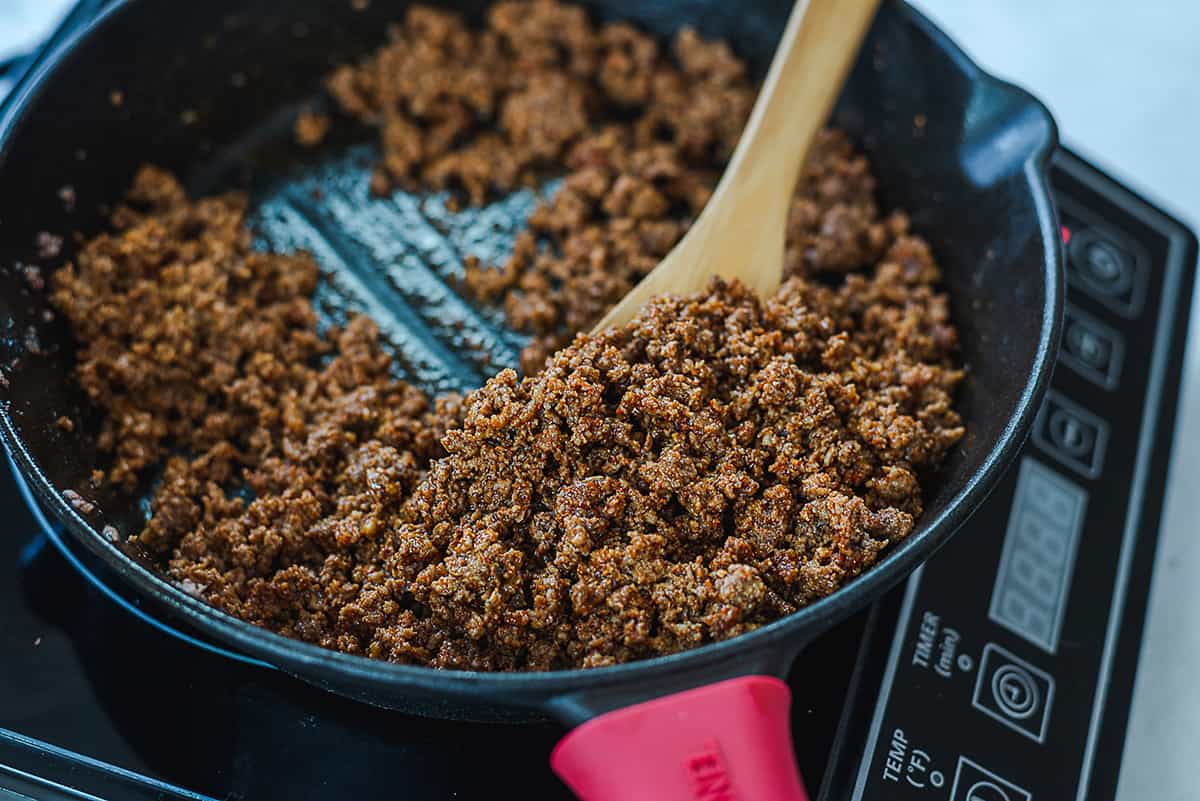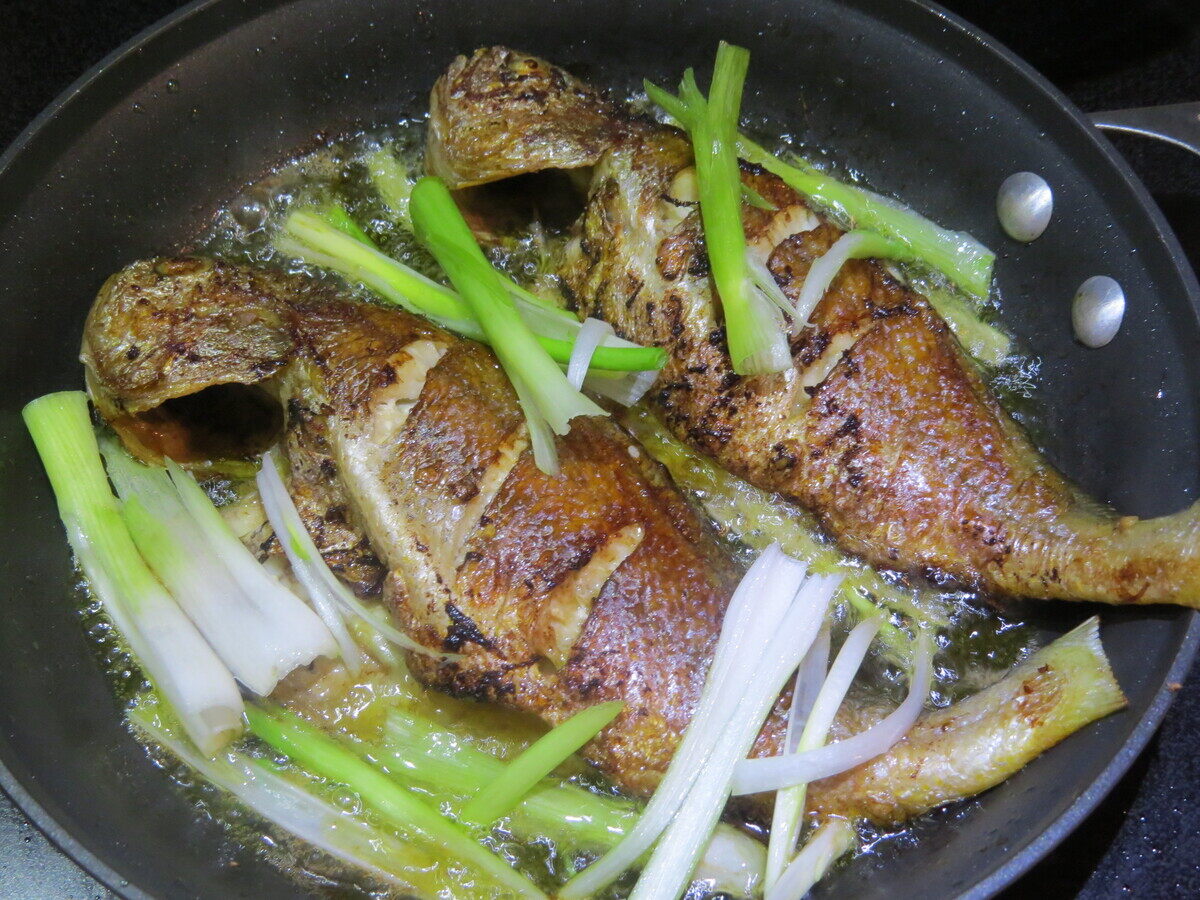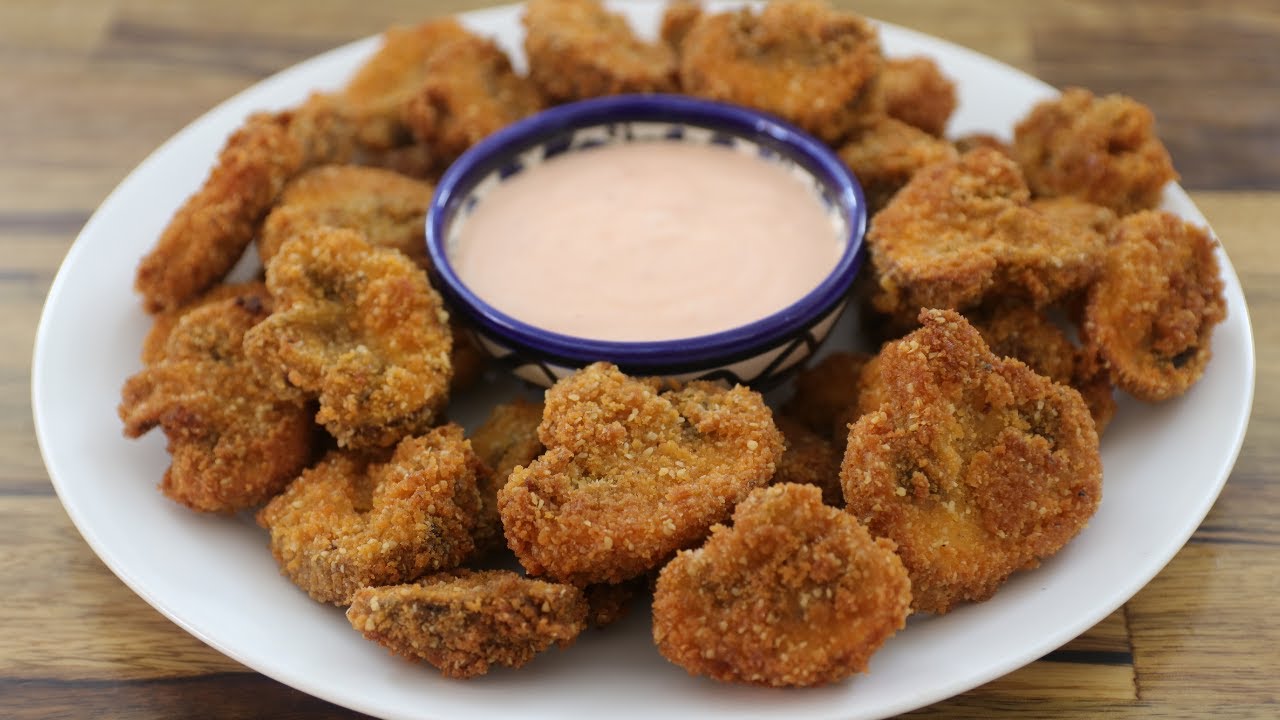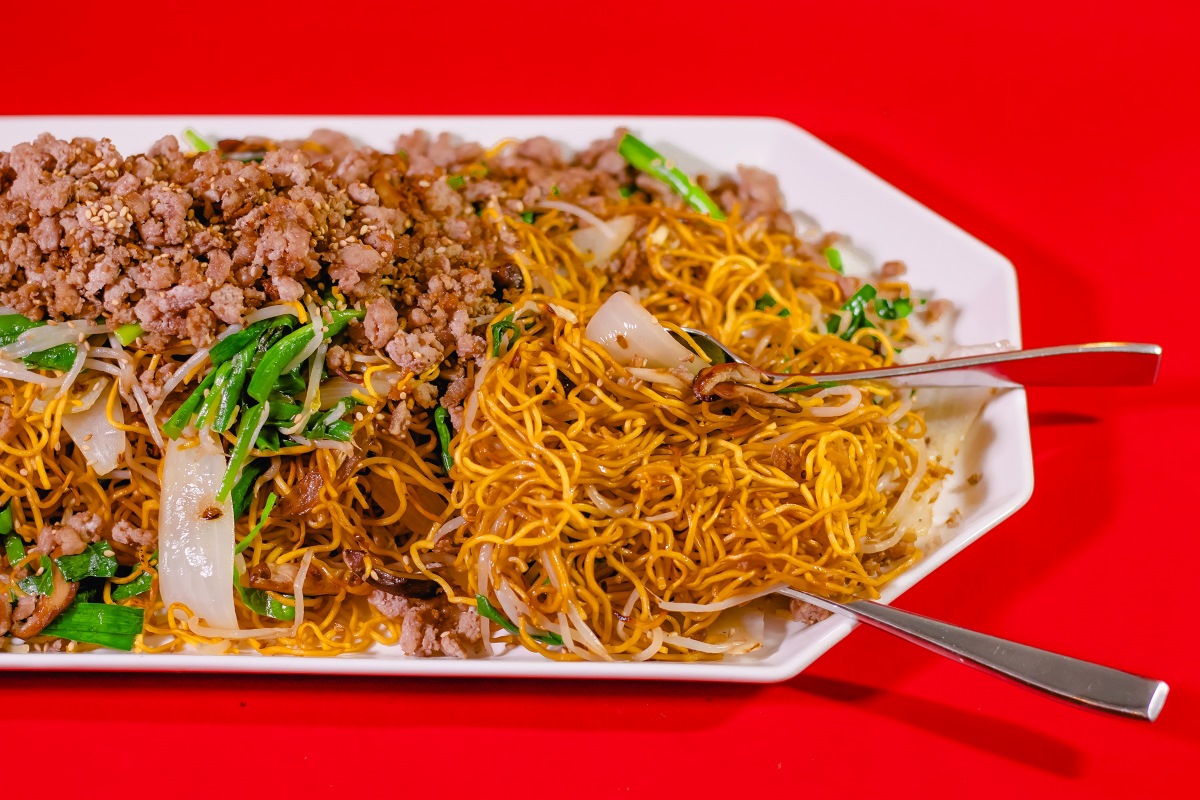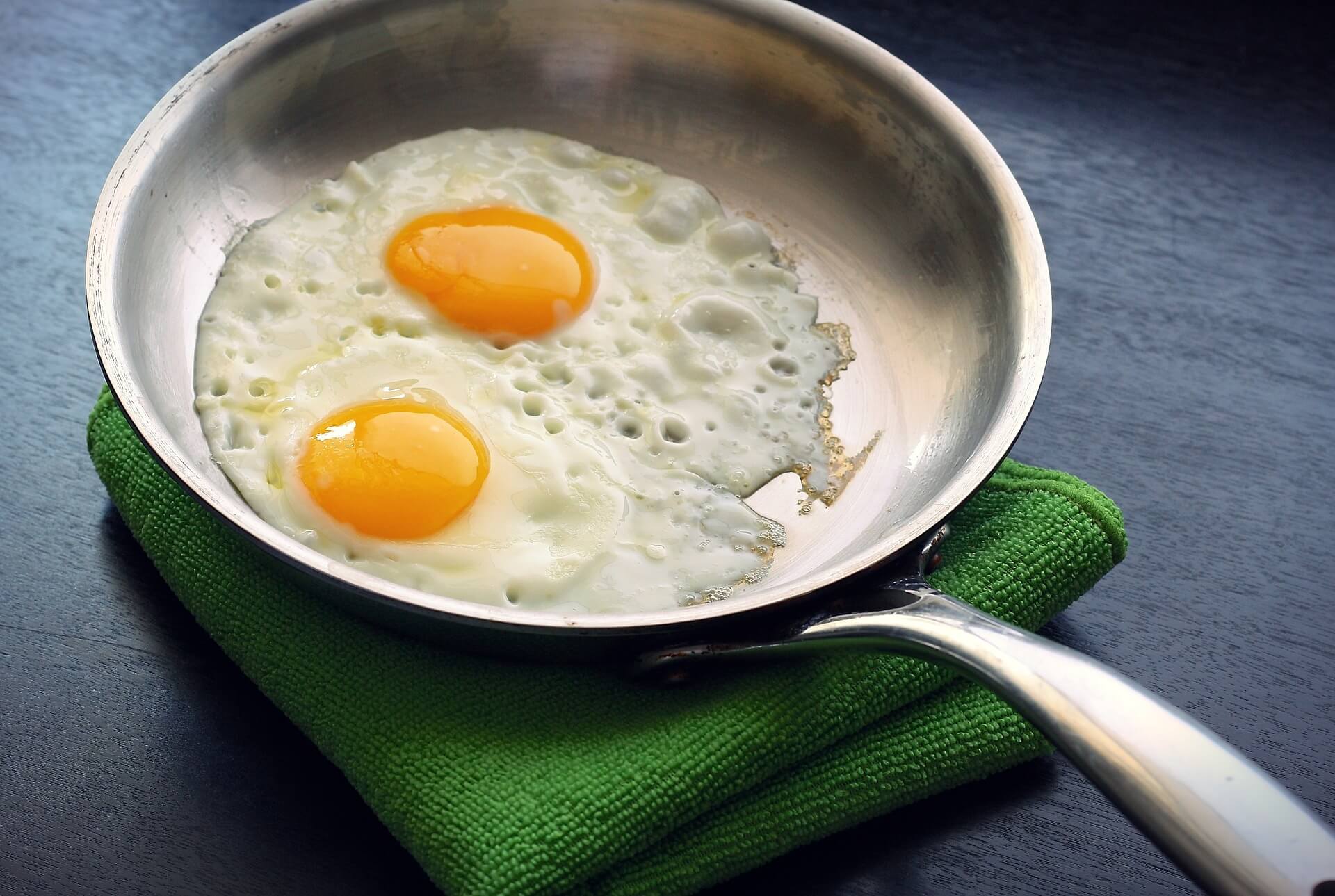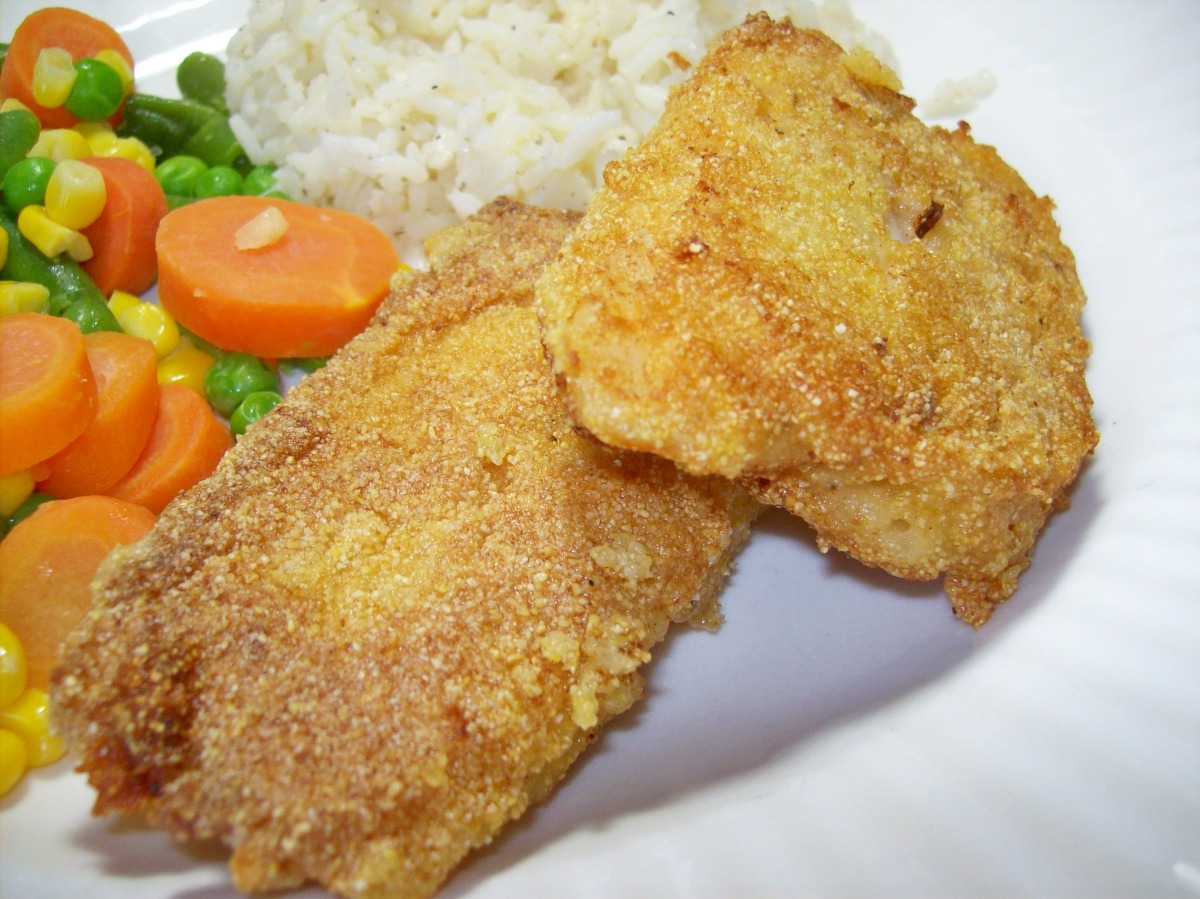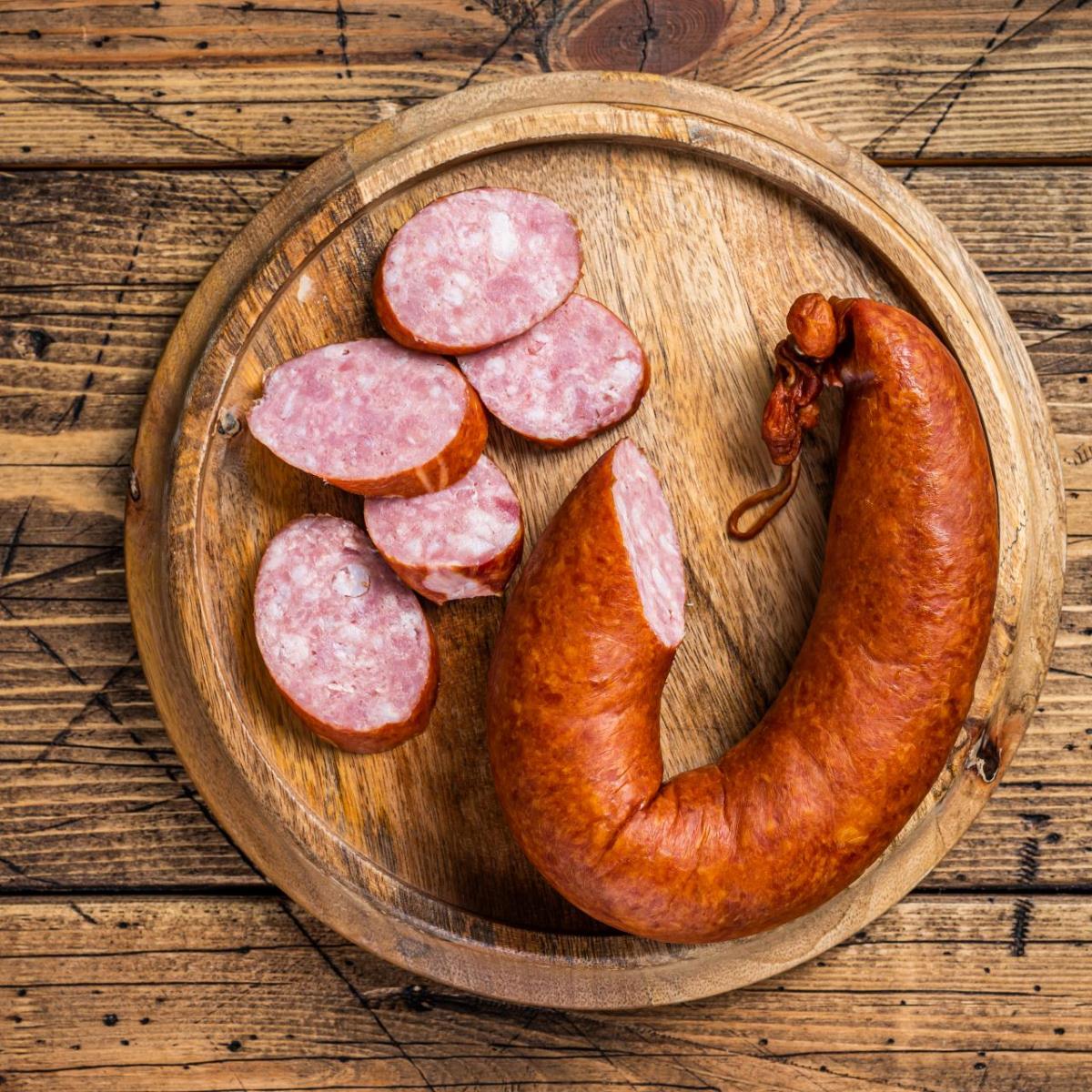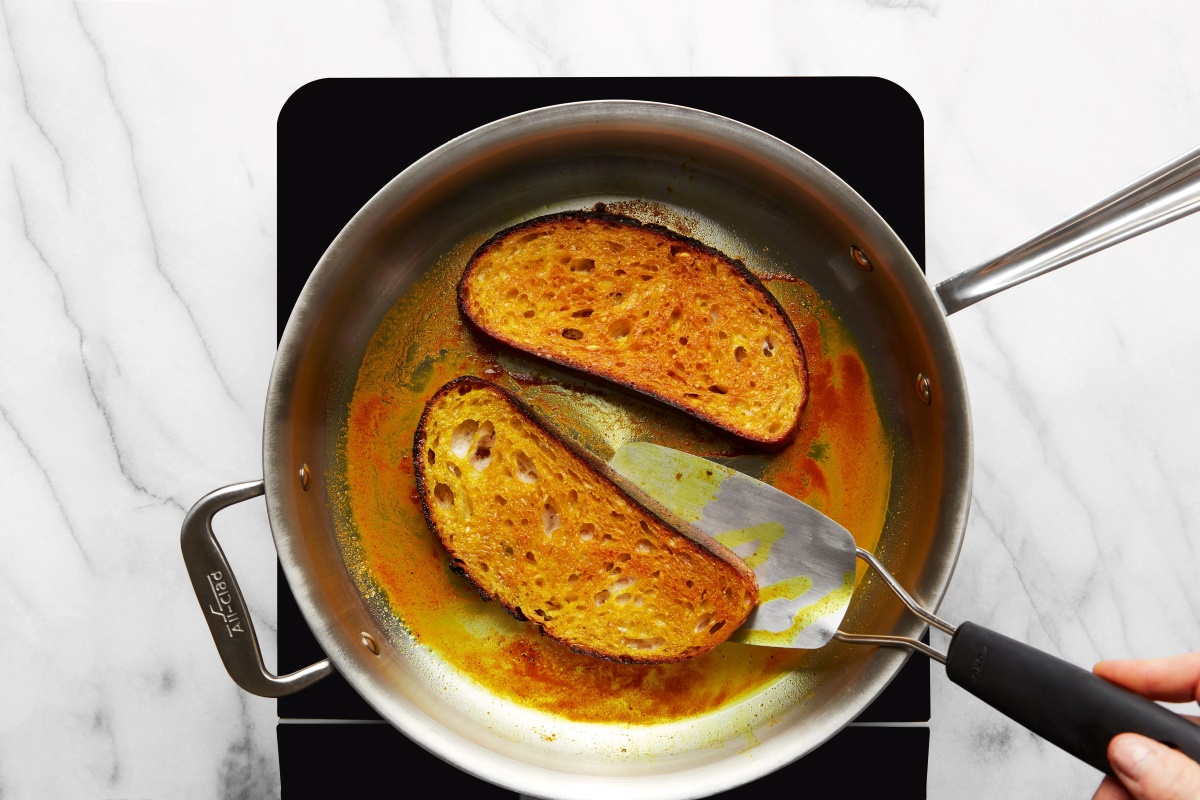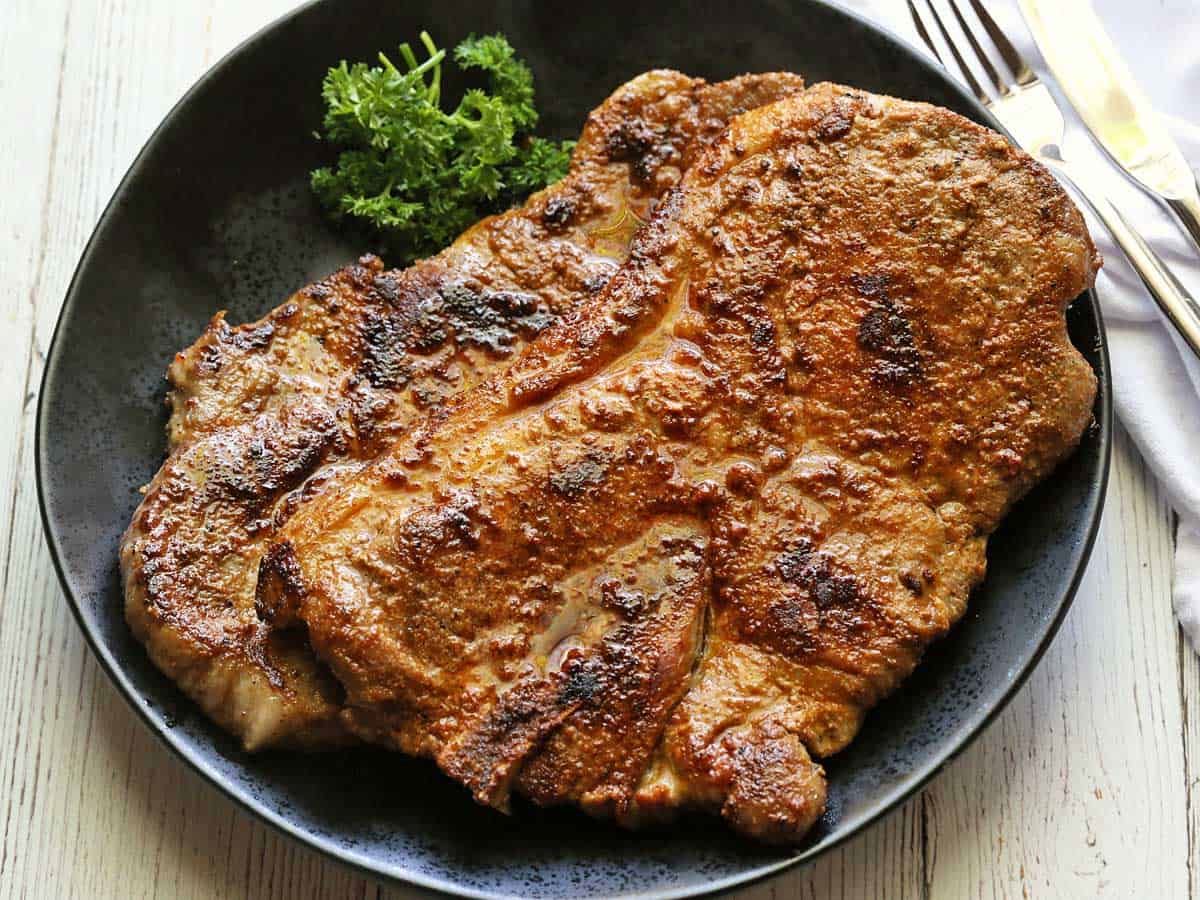How To Fry Fish In A Pan
Are you craving a deliciously crispy and flaky fried fish? Look no further! In this guide, we will walk you through the step-by-step process of frying fish in a pan to perfection. Whether you’re a seasoned cook or a beginner in the kitchen, this easy and straightforward method will have you serving up a mouthwatering dish in no time.
Here’s what you’ll need:
- Fresh fish fillets (such as cod, tilapia, or salmon)
- All-purpose flour
- Salt and pepper
- Vegetable oil for frying
- Optional: breadcrumbs or cornmeal for extra crunch
Step 1: Preparing the fish
Start by patting the fish fillets dry with a paper towel. This helps remove any excess moisture and ensures a crispier crust. Season the fish with salt and pepper, allowing the flavors to penetrate the meat. If you prefer a more seasoned taste, you can add additional spices like paprika or garlic powder.
Step 2: Coating the fish
In a shallow dish, spread out a layer of all-purpose flour. Gently place each fish fillet in the flour, pressing it down lightly to adhere the coating. Flip the fish over and repeat on the other side, ensuring an even coating. For an extra crispy texture, you can also dip the fish into beaten eggs before dredging it in the flour.
Step 3: Heating the pan
Pour enough vegetable oil into a frying pan to cover the bottom completely. Heat the oil over medium-high heat until it shimmers and starts to ripple. This indicates that the oil is hot enough for frying. Be cautious and avoid overheating the oil, as it can lead to burnt or greasy fish.
Step 4: Frying the fish
Carefully place the coated fish fillets into the hot pan, skin-side down if they have skin on. Allow them to cook undisturbed for 2-3 minutes, or until the underside turns golden brown. Using a spatula or tongs, gently flip the fish and cook for an additional 2-3 minutes on the other side. The fish should be opaque and flake easily when done.
Step 5: Draining and serving
Once the fish is cooked to perfection, remove it from the pan and place it onto a paper towel-lined plate. This will help absorb any excess oil. Serve the fried fish hot, accompanied by your favorite side dishes like crispy fries, tangy coleslaw, or a refreshing salad.
Now that you know how to fry fish in a pan, get ready to delight your taste buds with this simple yet satisfying meal. Remember, practice makes perfect, so don’t be discouraged if your first attempt isn’t flawless. With time and experience, you’ll become a master of the art of frying fish. Enjoy!
Was this page helpful?
Read Next: How To Fry Bacon
